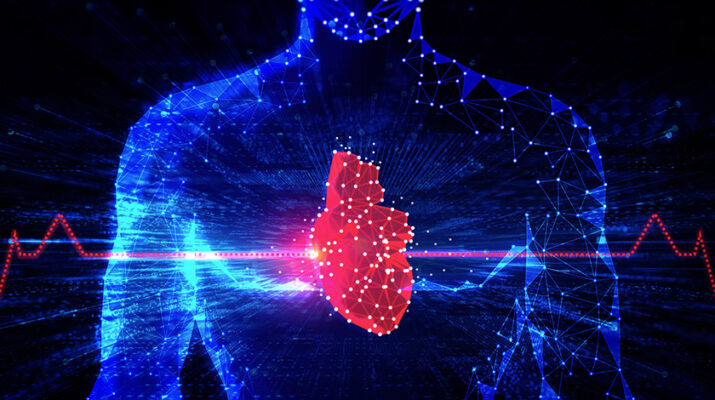How to spot, and what to do

You’ve heard the terms “heart attack” and “cardiac arrest,” but do you really know what they mean?
Each describes a life-threatening cardiac event but understanding the difference could help you save someone’s life.
“A heart attack is a plumbing issue — an artery that brings blood to the heart is blocked,” says physician Lorna Fitzpatrick, vice president medical affairs and senior medical director at Excellus BlueCross BlueShield. “Victims are usually conscious, and while they need medical attention quickly, an electrical charge from an automated external defibrillator (AED) may not be needed because often, the heart is beating and the victim is breathing.”
According to the U.S. Centers for Disease Control and Prevention (CDC), signs that someone is having a heart attack include chest pain or discomfort; feeling weak, light-headed, or faint; pain or discomfort in the jaw, neck, or back; pain or discomfort in one or both arms or shoulders; and shortness of breath. Other symptoms of a heart attack could include unusual or unexplained tiredness and nausea or vomiting. Women are more likely to have these other symptoms. Anyone experiencing one or more of these symptoms should seek medical attention immediately.
“Cardiac arrest, also known as sudden cardiac arrest, is an electrical issue that occurs when the heart’s electrical system malfunctions,” says Fitzpatrick. “Without warning, the victim collapses and stops breathing.”
The heart is electrically active but is unable to beat in a regular rhythm, and therefore unable to pump blood to the brain or other organs.
Medical attention is needed immediately, or the victim will die.
According to the American Heart Association, more than 350,000 Americans outside of hospitals die each year from sudden cardiac arrest, meaning they were stricken at home or while out in public.
“Cardiac arrest can sometimes be reversed if CPR is immediately performed, and an AED is used within minutes to shock the heart into stopping its chaotic rhythm,” says Fitzpatrick. “You never know where or when it will occur, which is why it is vital to have as many people as possible trained in CPR and have AEDs available in places where people gather and also participate in athletic activities.”
Many AEDs issue spoken commands. If the device detects a shockable rhythm, it will provide voice instruction on how to deliver an electrical charge. If it doesn’t detect a shockable rhythm, it will not allow a shock to be administered. In the absence of any cardiac electrical activity, CPR offers the only chance for survival until medical professionals arrive.
Fitzpatrick urges everyone to take CPR training where they’ll also become familiar with using an AED. To find a CPR class near you, visit RedCross.org, or the American Heart Association website at Heart.org.

